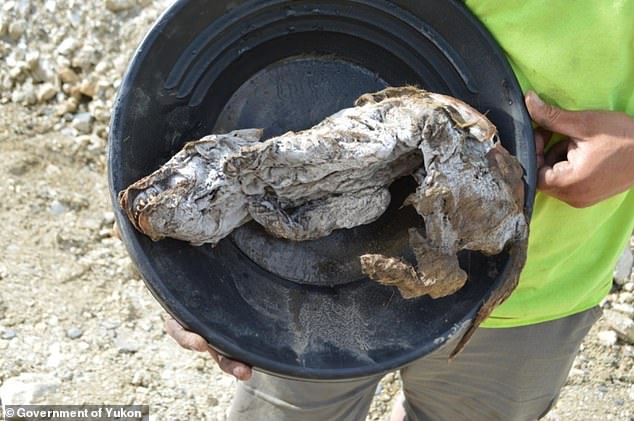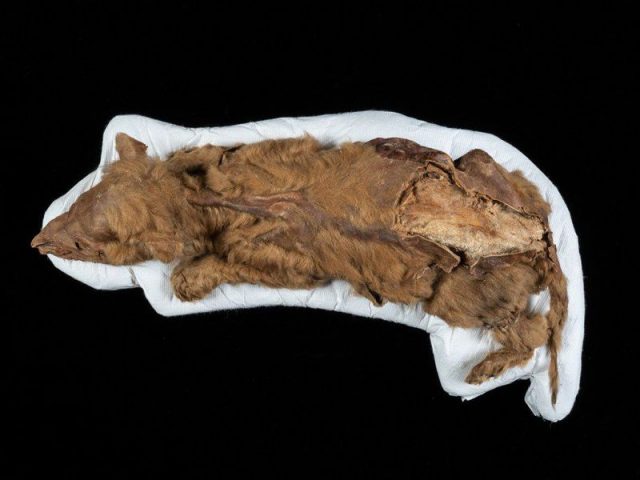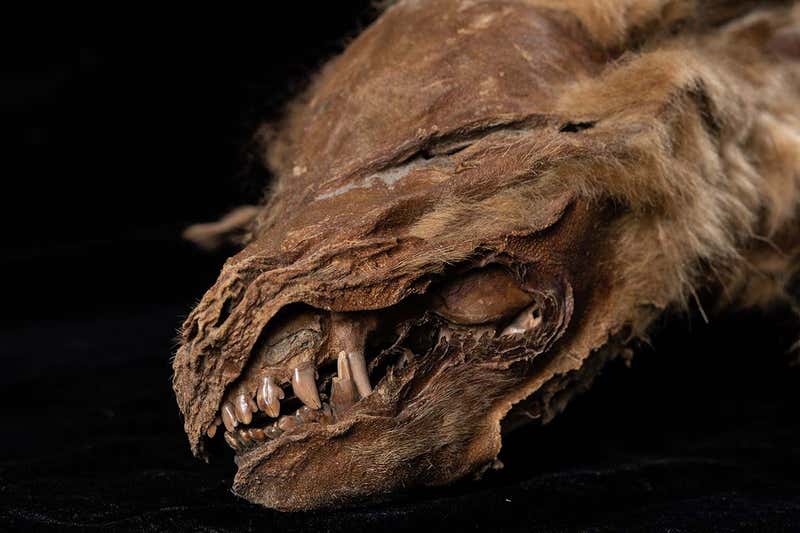Wolf pup: If there is one thing all Canadians have in common, it is their love for complaining about the weather. Summers are hot, autumns are rainy, and in the winter there is a lot of snow just about everywhere except for the west coast, in Vancouver.
That city has more in common with London than Toronto in December – the rain is incessant, and it chills folks right to the bone.
From the end of November until spring thaw in mid-March, the rest of Canada suffers through snow and ice storms, sometimes blanketed so thoroughly that driving is perilous and street cleaners work constantly to keep roads salted and safe. All in all, Canadian winters are simply not for the faint of heart.

But what cities like Toronto endure is nothing compared to the teeth-chattering cold that those in the north, in places like Yellowknife and the Yukon Territories, have to contend with.
Temperatures plummet and there is almost no daylight for several months. The region has more in common with Siberia than Scarborough, one of Toronto’s suburbs.
If Ontario is practically balmy compared to the frozen landscape of the Canadian north, the latter has one thing in its favour that beats out all places due south when it comes to archaeological discoveries – the permafrost is the perfect place for preservation to occur.

Whether it’s clothing from centuries ago found deep in the ground on digs during the summer months, or animal remains found accidentally by locals, the cold temperatures keep bodies of all sorts from decomposing.
Including the remains of a wolf pup almost 60,000 years old that were found in 2016. The animal is so preserved it is, in actuality, a mummy, not merely a set of remains.
And like so many interesting discoveries made in the north, these remains were found by a resident, a gold miner, who stumbled across them quite by accident.

Knowing immediately he had found something of scientific importance, the miner collected them and sent them to Des Moines University in Iowa, where they’ve been examined by scientist Julie Meachen over the past four years. She told the media recently, “I was over the moon and so excited when I was asked to work on it.”
That work includes determining that the pup was a female, just seven weeks old when she died. The team has named her “Zhur,” which is the word for “wolf” in a northern Indigenous language.
How she died is unclear; there are no injuries on the body or organs, and researchers can state categorically that she didn’t die of starvation. Along with the organs, the tissue, teeth and even the fur are all intact. Perhaps the cause of death will become clear as the research continues.
The wolf pup is directly related to Canada’s grey wolf, (canis lupus, in Latin) a large carnivore that lives right across Canada, coast to coast, from British Columbia in the west to Labrador in the east.
Remarkably, it is one of the rare animals in the country’s wilderness not threatened by habitat loss or hunting, and its populations are considered stable right across Canada.
Zhur is teaching scientists a great deal about this magnificent species as it exists today, not merely how it was when she was alive 57,000 years ago.
But there is a slight downside to the discovery of her; it happened because the permafrost is melting, which means that the environment is changing, and that is not always good for the animals who inhabit these frigid places.
Another Article From Us: Point Nemo: A Spacecraft Cemetery That’s Two Miles Under the Pacific Ocean
Still, Zhur has opened a window into the evolution of the grey wolf, and her remains will no doubt contribute much to the knowledge of northern mammals, in Canada and perhaps elsewhere, too.
